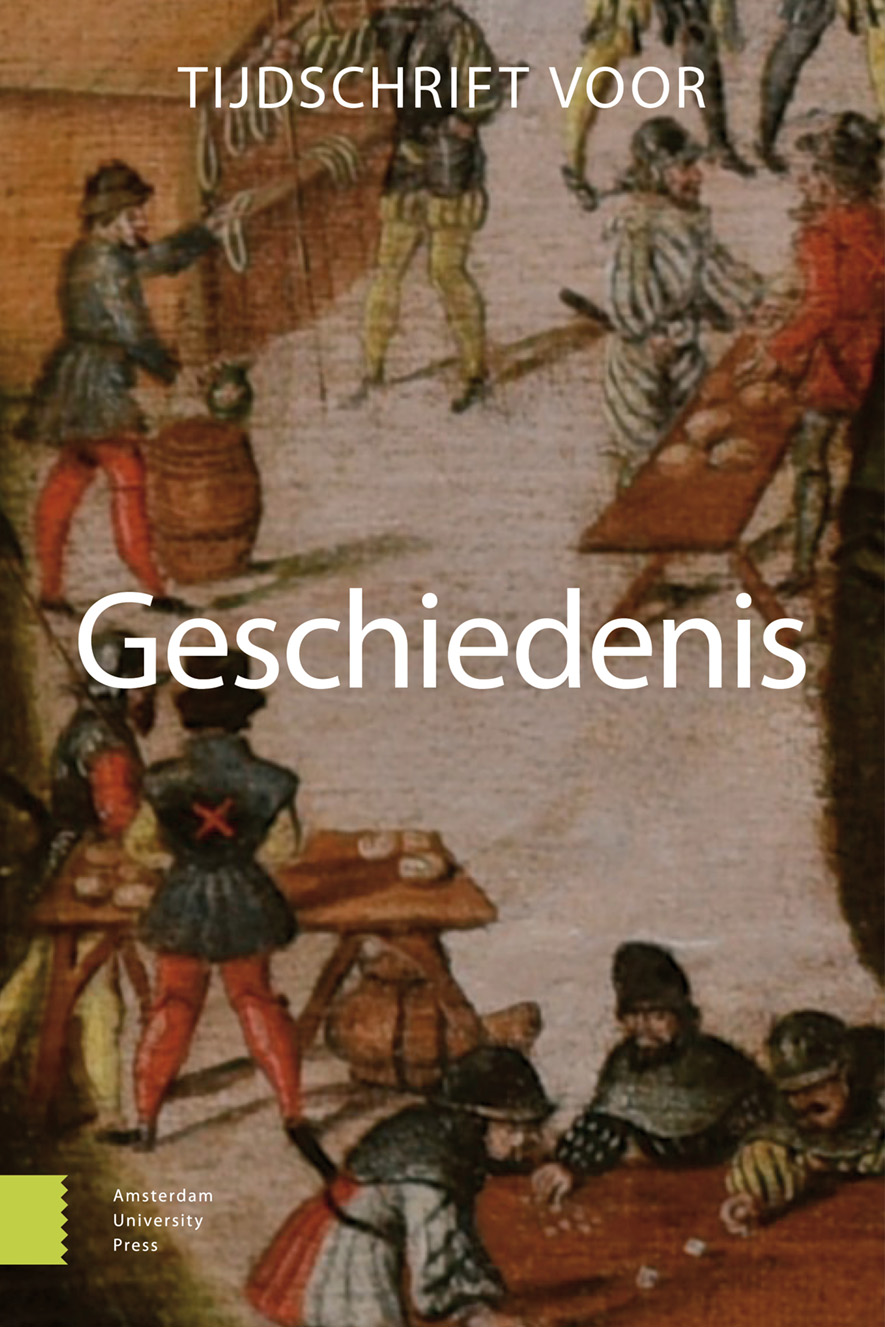-
oa Graffiti in medieval and early modern religious spaces: illicit or accepted practice?
The case of the sacro monte at Varallo
- Amsterdam University Press
- Source: Tijdschrift voor Geschiedenis, Volume 131, Issue 1, Mar 2018, p. 51 - 72
Abstract
Graffiti in medieval and early modern religious spaces: illicit or accepted practice? The case of the sacro monte at Varallo
Leaving one’s personal mark at a site of cult is an age-old practice attested in several religions, including Christianity from its earliest phases onwards. This article asks to what degree scratching graffiti into church walls was accepted behaviour in Western Europe during the medieval and early modern period. It seeks to complicate the view that disapproval of graffiti is a predominantly modern sentiment, by examining examples of both acceptance and resistance to graffiti at sacred sites. The attempts of Counter-Reformation bishop Carlo Bascapè (1550-1615) to root out what he perceived as impious vandalism at the sacro monte of Varallo in Northern Italy, combined with an analysis of the graffiti on the glass panes of the Ecce Homo chapel postdating Bascapè’s ban, together serve to suggest new directions for the study of the pre-modern significance of, and particularly resistance to, graffiti.


